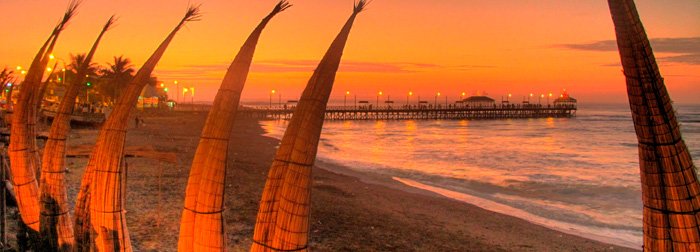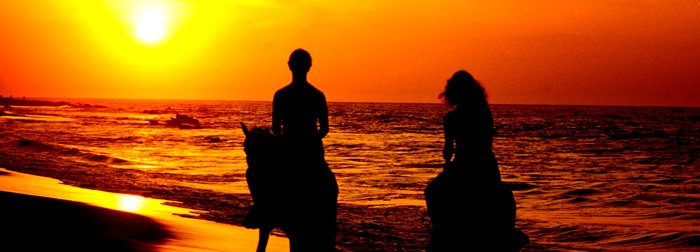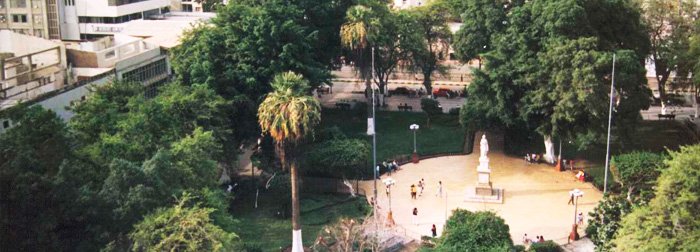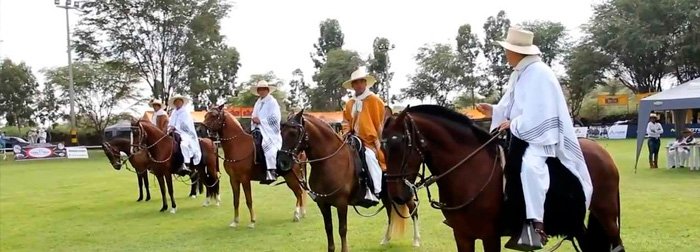Piura is a coastal region in northwestern Peru. The region’s capital is Piura and its largest port cities, Paita and Talara, are also among the most important in Peru. The area is known for its warm tropical and dry or semi-tropical beaches.
The country’s latest decentralization program is in hiatus after the proposal to merge departments was defeated in the national referendum in October 2005. The referendum held on October 30, 2005, as part of the ongoing decentralization process in Peru, to decide whether the region would merge with the current regions of Lambayeque and Tumbes to create a new Región Norte was defeated.

The Piura Region is bordered to the north by the Tumbes Region and Ecuador, to the east by Cajamarca Region, to the south by the Lambayeque Region, and to the west by the Pacific Ocean. “Punta Pariñas” in Piura is South America’s most western point.
The territory of the Piura Region has many climate variations due to its geographical location. It is just 4 degrees south of the equator, yet receives two ocean currents at the same time: the cold Humboldt Current (13-20 °C 55-68 F) and the warm El Niño Current (20-27 °C, 68-80 F). This makes the Piura Region a land that is both tropical and arid at the same time, The Land where the Tropics meets The Desert.
The coast is divided by the Peruvian subtropical desert of Sechura on the south and savanna-like scrub tropical dry forests to the center and north of the region. There are also small valleys of tropical climate, where rice and coconut fields are common, especially around the Piura and Sullana rivers.
There is a high Amazon climate (selva alta) as one goes away from the coast onto the sierra; Páramo climates and cooler temperatures appear as one climbs the sierra.
Topography is smooth in the coast and rough in the Sierra. There are many arid plains in the southern region. The Sechura Desert, located south of the Piura River, is Peru’s largest desert and one of the world’s few examples of a tropical desert; it borders a tropical terrain to the north. The Bayóvar depression, which is the lowest point in the country, is located in this desert.
The morphological forms most common in the coast are the dry ravine that suddenly become copious when there are heavy rains, forming tropical dry forests all over. Other features are half-moon shaped dunes, the marine terraces such as those of Máncora, Talara and Lobitos. Valleys have been formed by fluvial terraces of the Chira River and Piura River.
To the east, valleys are more or less deep and have been eroded by rivers forming equatorial tropical-dry-forests. The major peak surpasses 3000 m. The Paso de Porculla, in the southwest of the territory is only 2,138 meters high and is the lowest pass of the Peruvian Andes.
The rivers crossing its territory belong both to the Pacific watershed and to the Amazon Basin. The Chira River is the most important and flows into the Pacific Ocean. The Piura River also flows into the Pacific Ocean although the flow varies greatly with the changing seasons and during severe droughts will dry up.

The climate is semi tropical and tropical savanna in the center and north coast, Semi-arid in the southern coast near Lambayeque Region. Piura has a tropical dry or tropical savanna climate monsoon weather that averages 26 °C (79 F)throughout the whole year. Pleasant warm winters (May to October) that average between 25°C and 28°C (77 F and 82 F) during the daytime and lows around 16 °C (61 F)during the night.
Piura is covered by deserts, tropical valleys, dry equatorial forests, high Amazon climates as you reach between 1000–1500 meters, and a humid subtropical sierra climate if you reach over 2,000 meters. The Páramo climate is found in the higher regions of the Sierra.
Rain is scarce from May to November: it rains only from December to April at discontinuous rates due to the influence of the El Niño Current, but every so often, when the El Niño phenomenon arrives, rain is copious and makes the dry ravines become alive, giving rise not only to the impressive forests but to many floods and great landslides. El Niño occurs when ocean waters reach 27 °C (80 F). When ocean water temperatures elevate 1 or 1.5 degrees Celsius higher than 26 °C (79 F), the consequence could be catastrophic rains.
Although ocean waters can drop to 19 °C (66 °F) during the dry winter months (May to October), they can also rise to 27 °C (80 F) during the humid summer months (December to April); this calls for pleasant rains; yet if the temperatures rise 1 or 1.5 °C degrees above that, El Niño is assured.
During summer (December to April) temperatures can reach over the 40 °C (104 F) inland. During night time, high 20s or even 30s may seem unpleasant, which urge people to go to beach resorts such as Máncora or Colán.
The rest of the months have pleasant summer temperatures in the low 30s and mid 20s °C (77-90 F).

Piura is a land of unique algarrobo trees, a variety of mesquite similar to the carob, and it is the region with the most equatorial tropical dry forests in the whole Pacific.
These ecoregions carry a unique variety of orchids, birds, reptiles, plants and mammals. Piura is known for the best and oldest lime-lemons in South America as well as South America’s finest mango (tropical dry). With Lambayeque, it is the original home of Pima cotton. Piura also produces bananas, coconuts, rice and other fruits as local income.
The “Manglares de Vice” in the Sechura Province of Piura is the southernmost region of the Pacific to hold mangroves.
Its development has been favoured also by the petroleum found in the ocean of Talara Province, fishing is blessed by two ocean currents, silver mines are common and the current Bayovar Deposits are present as well.

Piura is host to a stunning mestizo culture, since all races mix here. Local Piuranos have a different accent from their neighbours at both sides since: they tend elongate their syllables in a similar ways to northern Mexicans. Piuranos have their own proud slang. Locals for example, call themselves Churres (popular term used for a young Piuran or northern person).
Piuranos are characterized by their witty minds, melancolic Tondero music and welcoming personalities. Like all Peruvians, they are heavy drinkers of chicha de jora, pisco or beer and all of them have a tendency towards creativity and art as their source of income.
Gastronomical dishes like the Piuran Secho de Chavelo (the capital’s dish), Algarrobina cocktails, many types of ceviches and other seafoods like Majarisco and Pasao al Agua. Piura is famed for its natilla sweets as well.
The warm climate of this region forbids hard labour from 1:00 p.m. to 4:00 p.m., so it is common tradition to take siestas and better to wake up early to get important stuff done before noon.
Processions and religious folk is passionately practiced by locals. One of them is Cristo de Ayabaca.
Popular crafts are the Chulucana Pottery and handy hats and silversmith arts made from the Catacaos Province.
Northern cowboys can still be seen today wandering the deserts of Sechura, Catacaos and the forests of Morropon transporting their goods using donkeys and mules. They seem to resemble physically the “American Southwest” cowboys, or Argentinan gauchos and Mexican charros. They are noted not only for their abilities to sing and play Cumanana and Tondero but as silversmiths that work the beautiful filigree earrings, leathers, hats, wooden and silver utensils of Catacaos region.
The region is divided into 8 provinces (Spanish: provincias, singular: provincia), which are composed of 64 districts (distritos, singular: distrito). The provinces, with their capitals in parentheses, are:
- Ayabaca (Ayabaca)
- Huancabamba (Huancabamba)
- Morropón (Chulucanas)
- Paita (Paita)
- Piura (Piura)
- Sechura (Sechura)
- Sullana (Sullana)
- Talara (Talara)

